October 02, 2023
5 native plants for home landscaping
I bet you didn’t realize that you can have a piece of Fernbank Forest in your own garden or yard. Today, we want to share five native plants that are not only beautiful species but also some of our favorites that you can find here at Fernbank Museum.
These plants should be available at your local nursery. We recommend speaking with the nursery staff while choosing your plants because providing proper care is important for all plants. For example, if a plant requires full sun and well-drained soil, it is not going to do well in a shady and damp backyard. There are also many local resources for purchasing native plants as well as on-line resources for research, such as the GA Native Plant Society.
Watering is actually the most common reason for plant failure. Your plants will need more water immediately after planting, but overwatering is just as bad as underwatering. A soil moisture meter or probe is an inexpensive tool to determine if the soil is dry and the most accurate way to know if you need to water your plants. They are usually $10-15 and can be found online or in most garden stores.
Now, let’s dig in!
Eastern Redbud, Cercis canadensis.
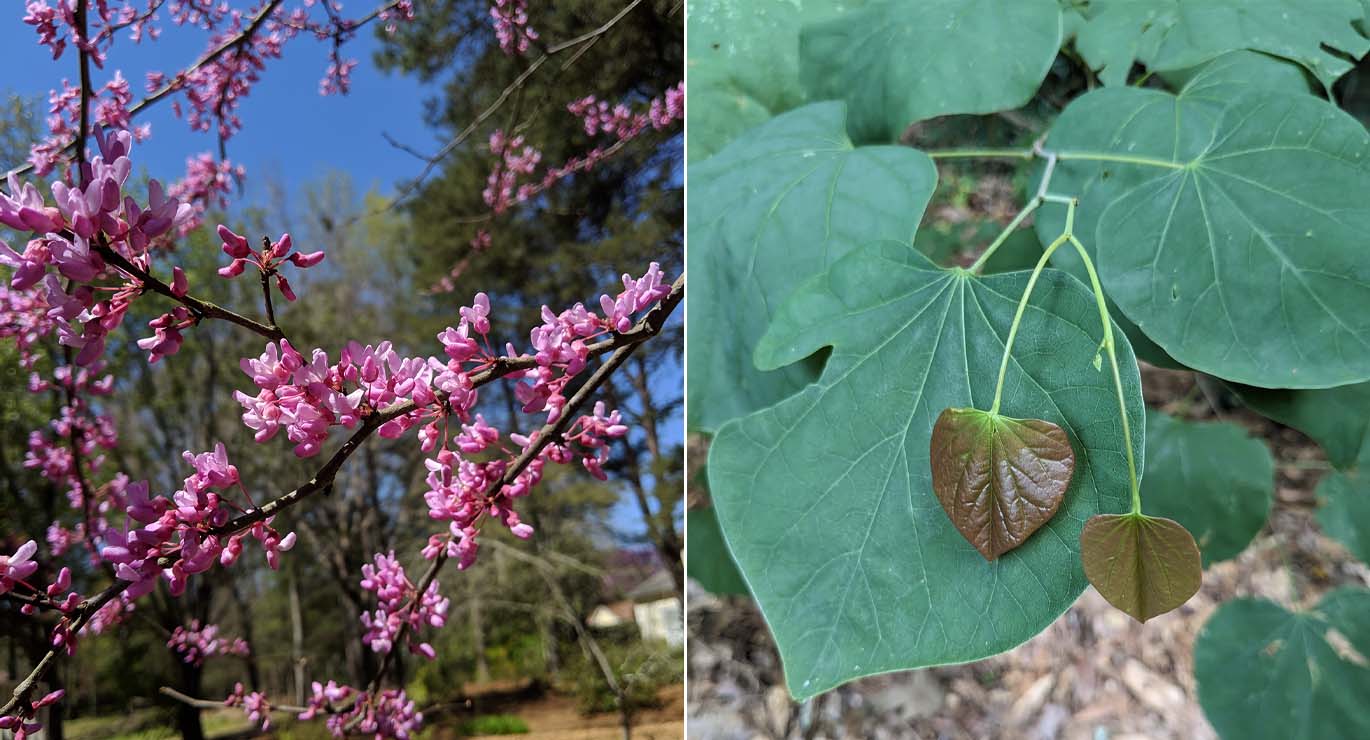
This is one of our favorite trees. It has dark purplish-pink blooms in the spring and then develops heart shaped leaves. This is a mid-story tree and can grow in sun or shade, which makes it relatively easy to take care of. There are several cultivars* available, including Forest Pansy which has purple leaves. They bloom at the same time as the Flowering Dogwood, making it an excellent companion tree. At Fernbank, you can find these throughout Wildwoods and Fernbank Forest. There is actually a large one right before the paved path leading into the Forest.
Native Azalea, such as Rhododendron calendulaceum.
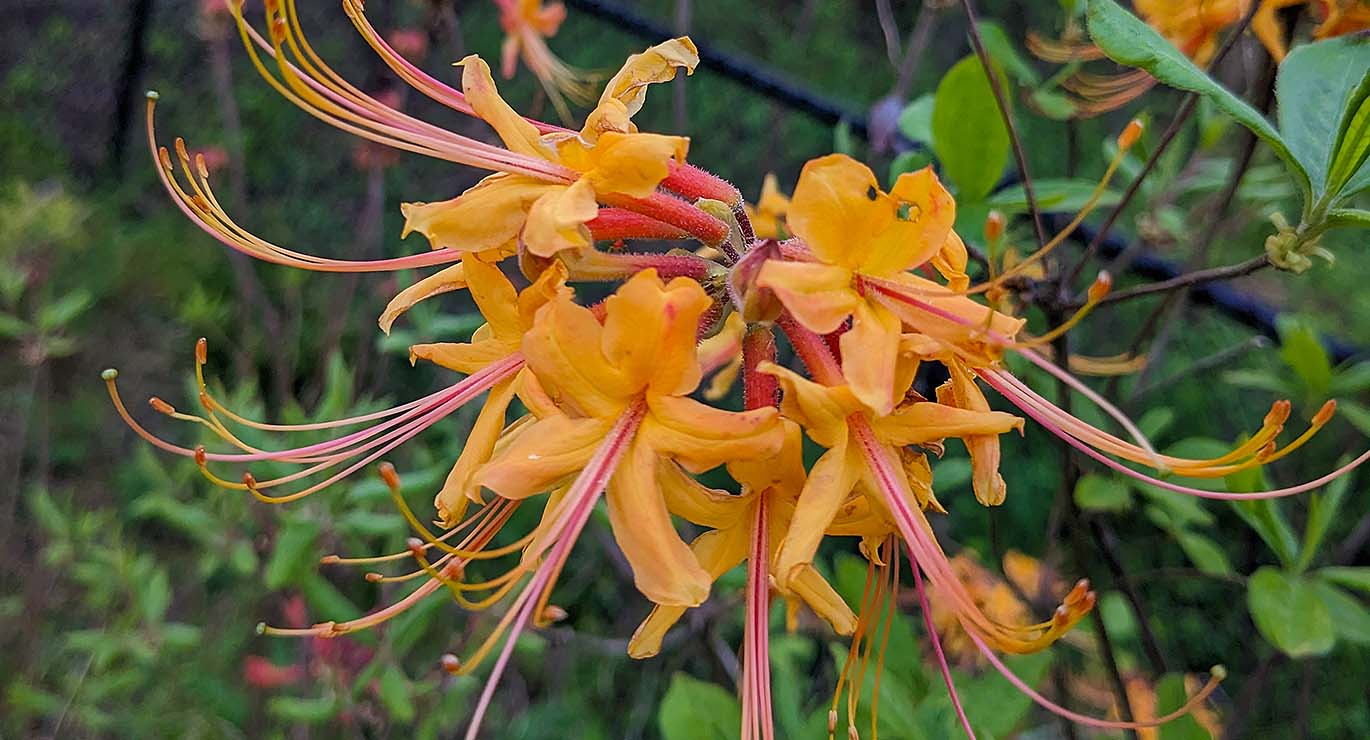
We love native azaleas like the Flame Azalea, which has yellow-to-red blooms. They have spring blooms and a fantastic branching structure. Most native azaleas thrive in shady areas, although some can handle more sun. They are easily available in most reputable nurseries. Check your variety and cultivar* since the size at maturity can vary. While walking in Fernbank’s Forest you can find these across from the pavilion in WildWoods.
Beautyberry, Callicarpa Americana.
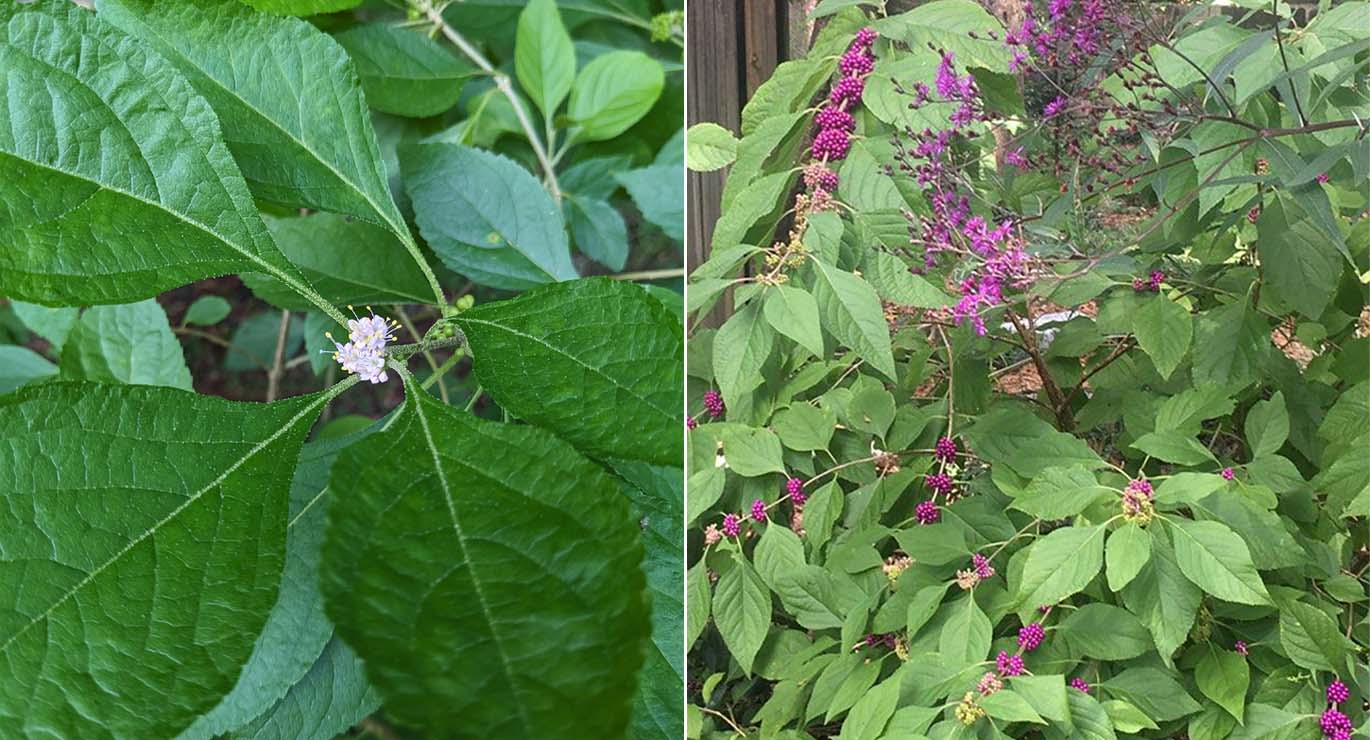
These are a mid-size deciduous** shrub that have glossy purple berries in the fall. Although the birds love them, these bitter berries are edible, and can even be used to make jam or wine! They can grow in partial shade to full sun. They are an excellent plant for adding a burst of color at the end of summer and these can be found throughout WildWoods!
Stoke’s Aster, Stokesia laevis
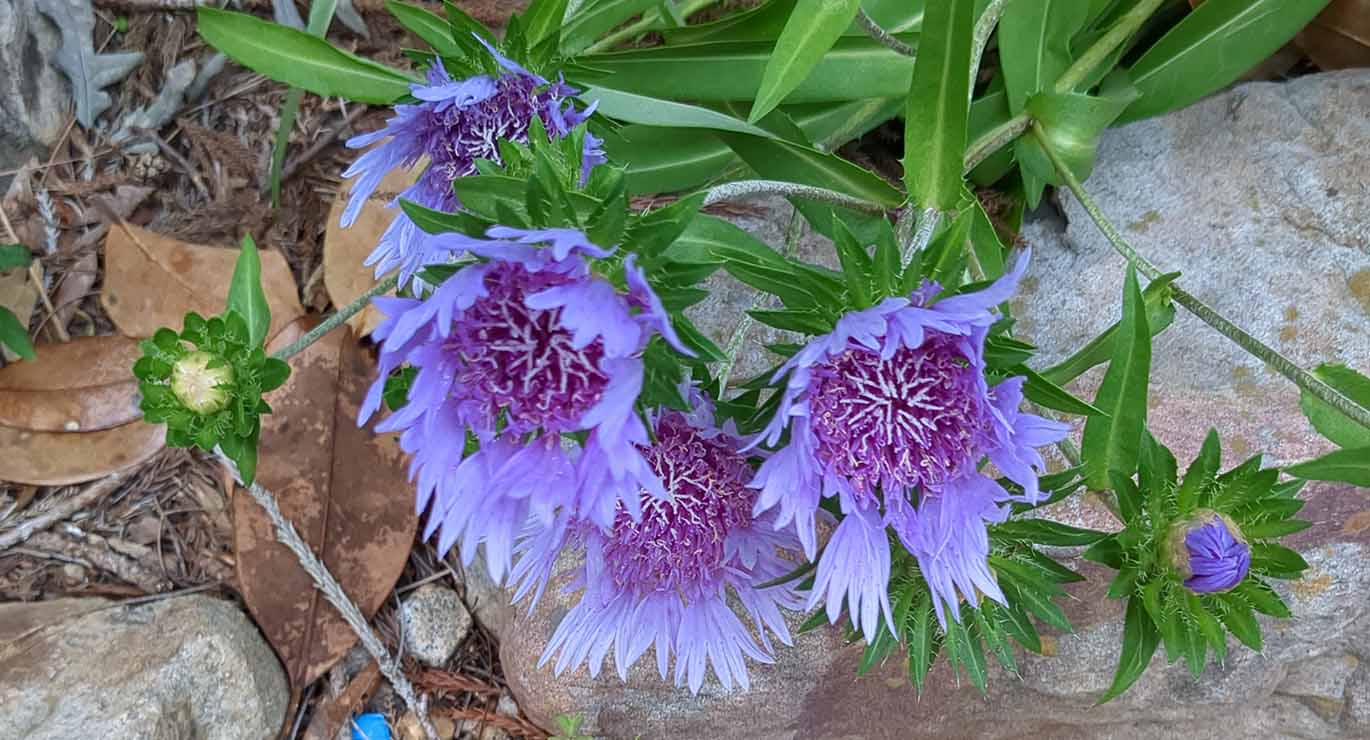
If you are looking for a fantastic, low-growing perennial, we highly recommend Stoke’s Aster. They are sun-loving, self-seeding and a pollinator favorite. Once established, they can handle damp or dry soils. By removing the spent flowers, they will continue to flower through mid-summer. These can be located in Fernbank’s rain garden at the front of the museum.
Purple Passionflower, Passiflora incarnate.
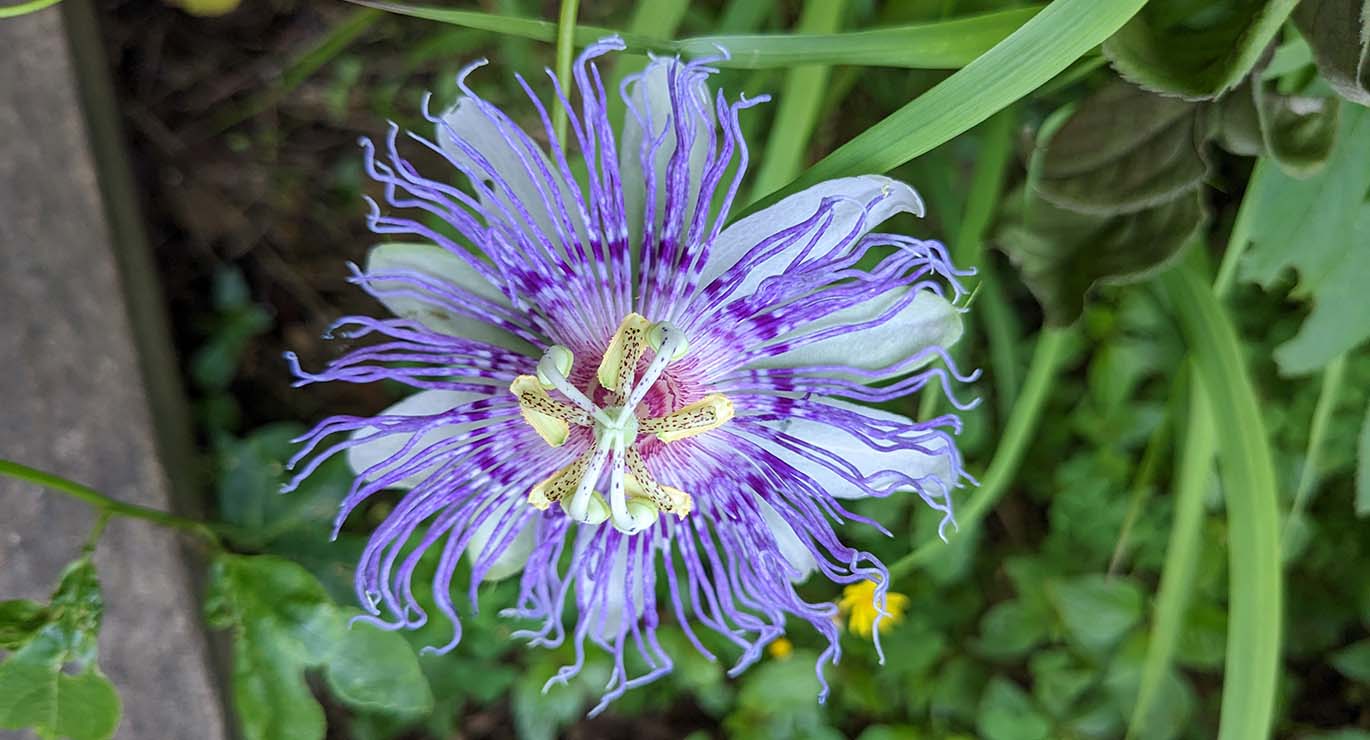
Passionflower, or Maypop, is a native vine with the most unusual flowers. This is one of the main host plants for Gulf Fritillary caterpillars! Since it is a vine, you want to keep it in an area where it has plenty of room to spread. Passionflower can grow in sun or some shade; however, you will have more flowers in the sunshine! At Fernbank, you can find these in both Nature Stories and Nature Gallery.
*A cultivar is a specific variety of a species of plant. For example, Forest Pansy and Ruby Falls are cultivars of Eastern Redbud.
** Deciduous trees and shrubs lose their leaves in the winter. Evergreen trees keep their leaves year-round.


